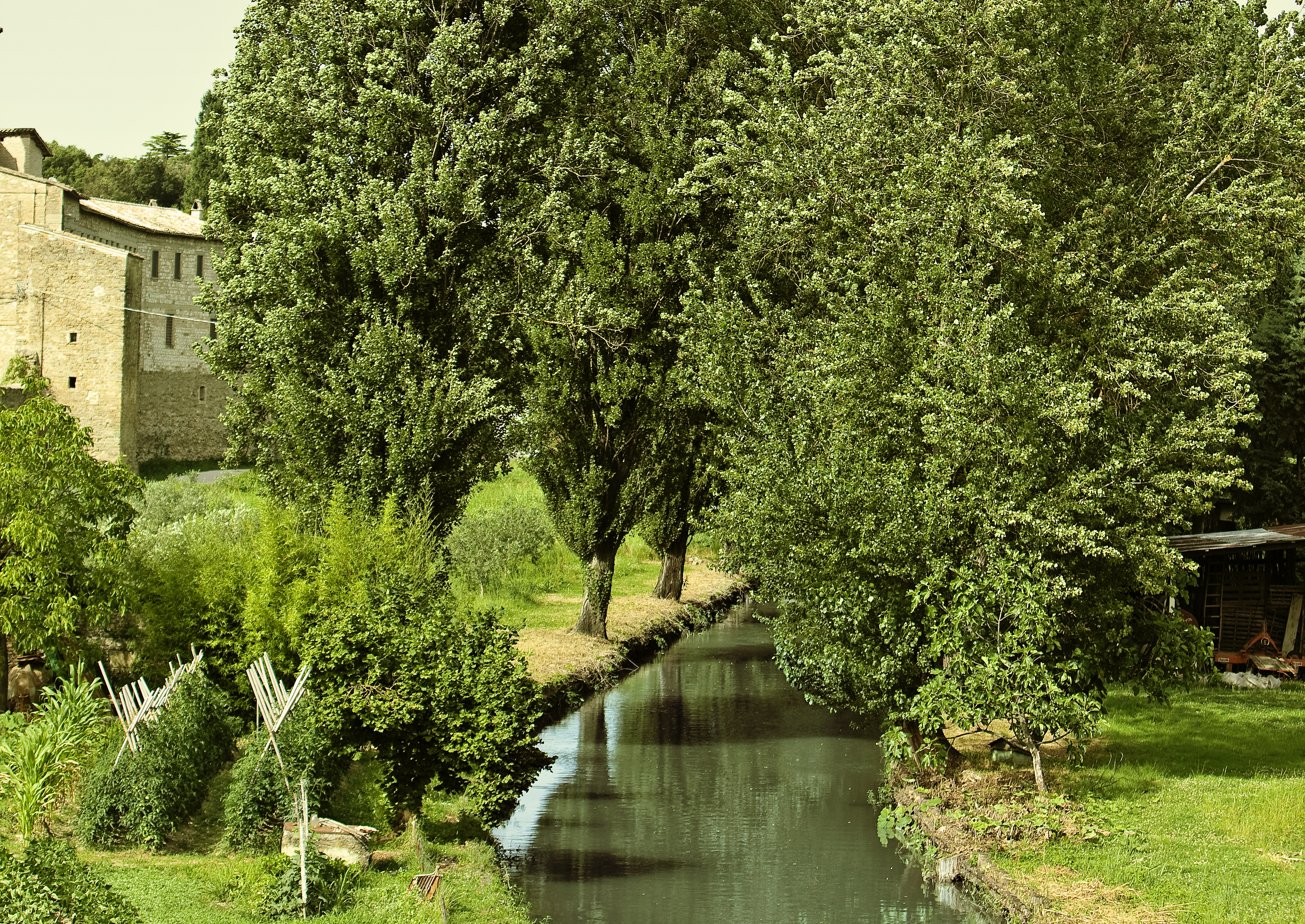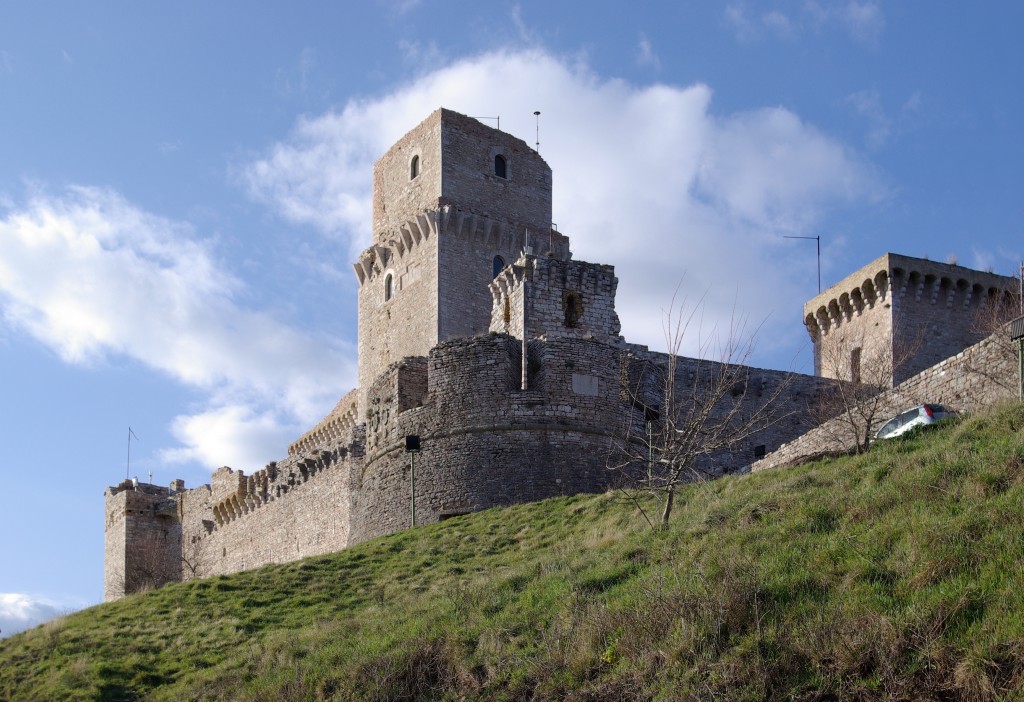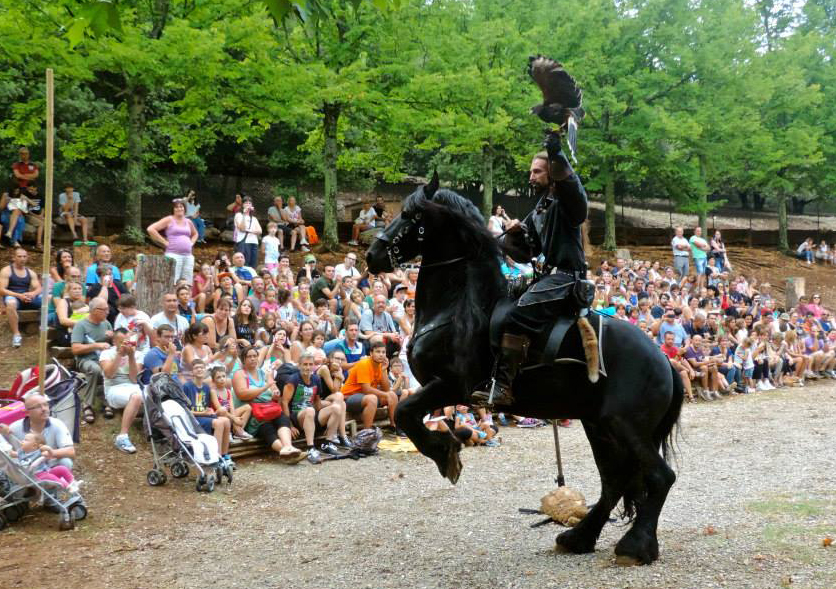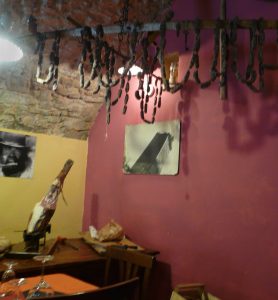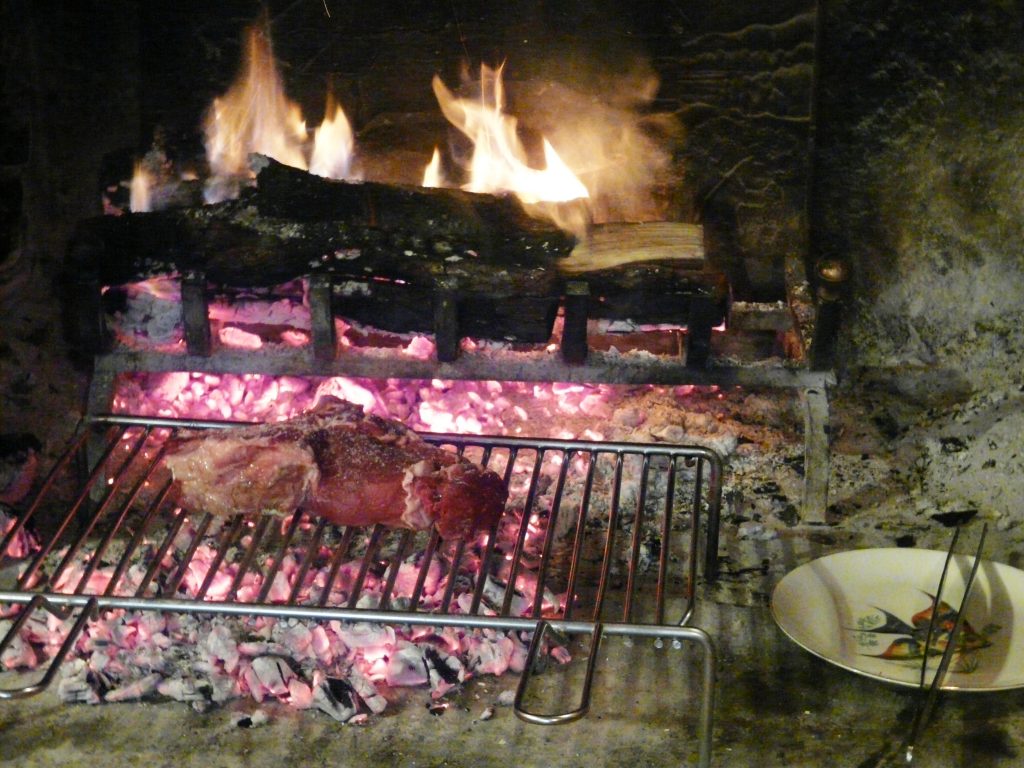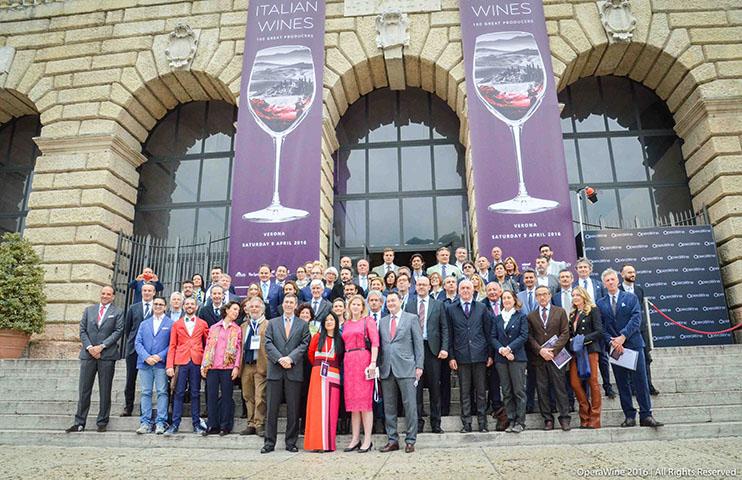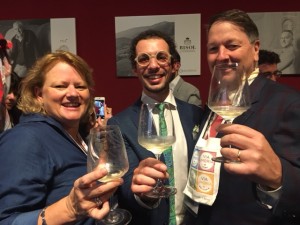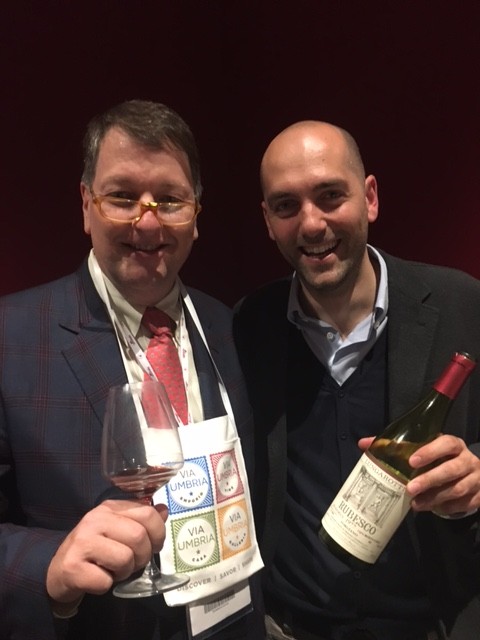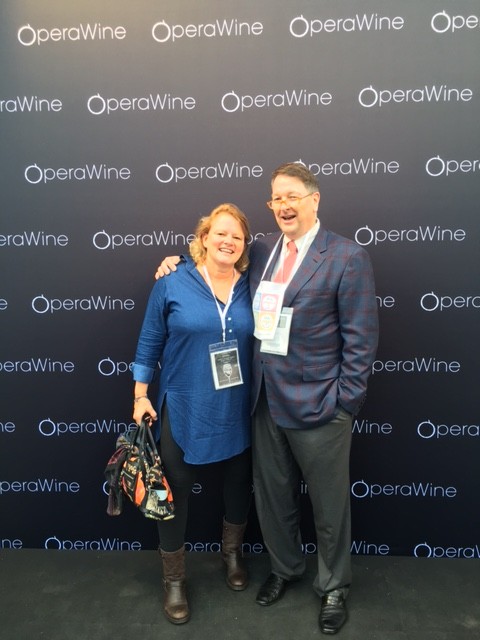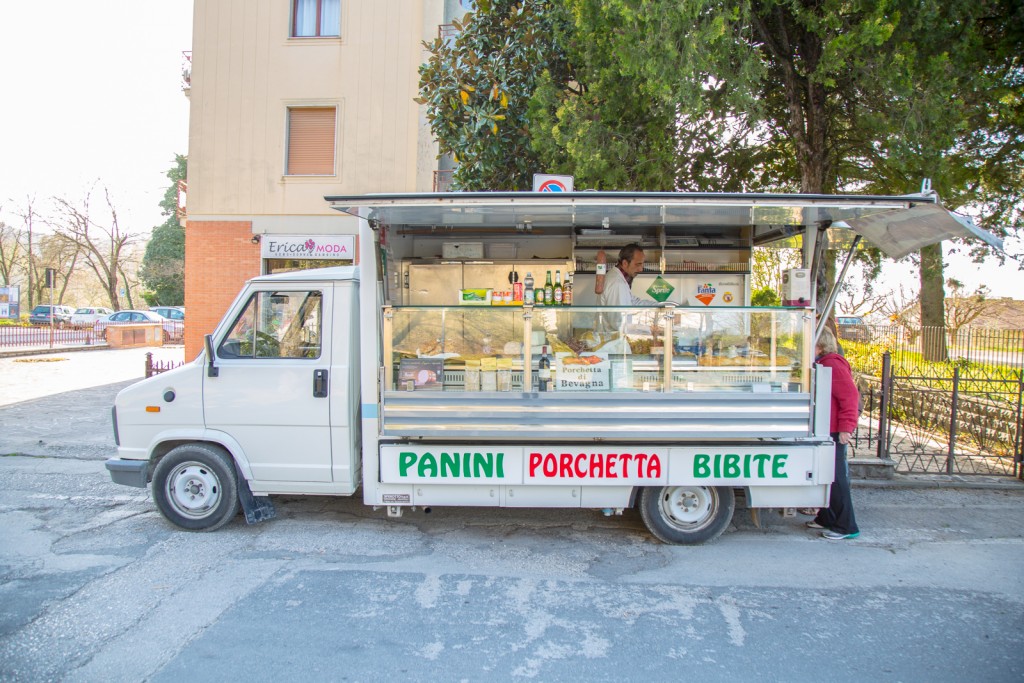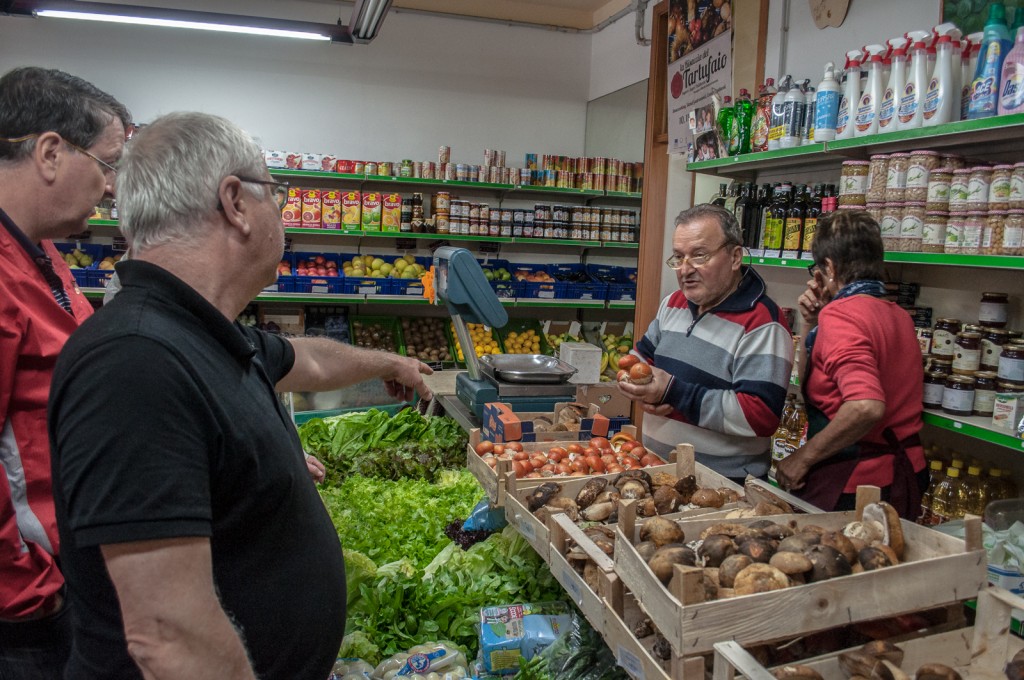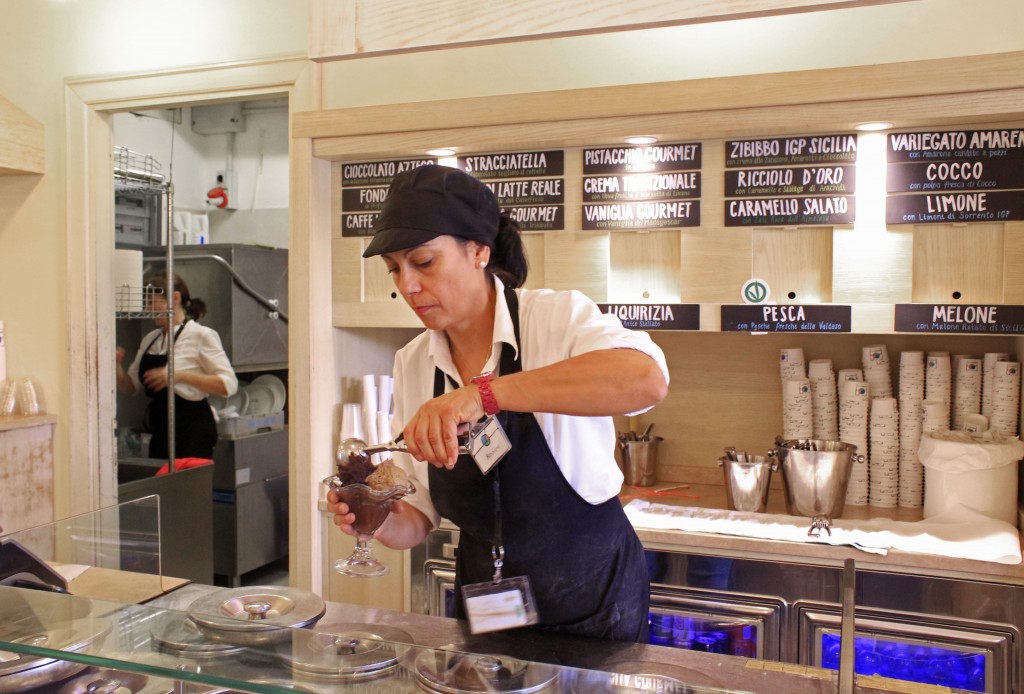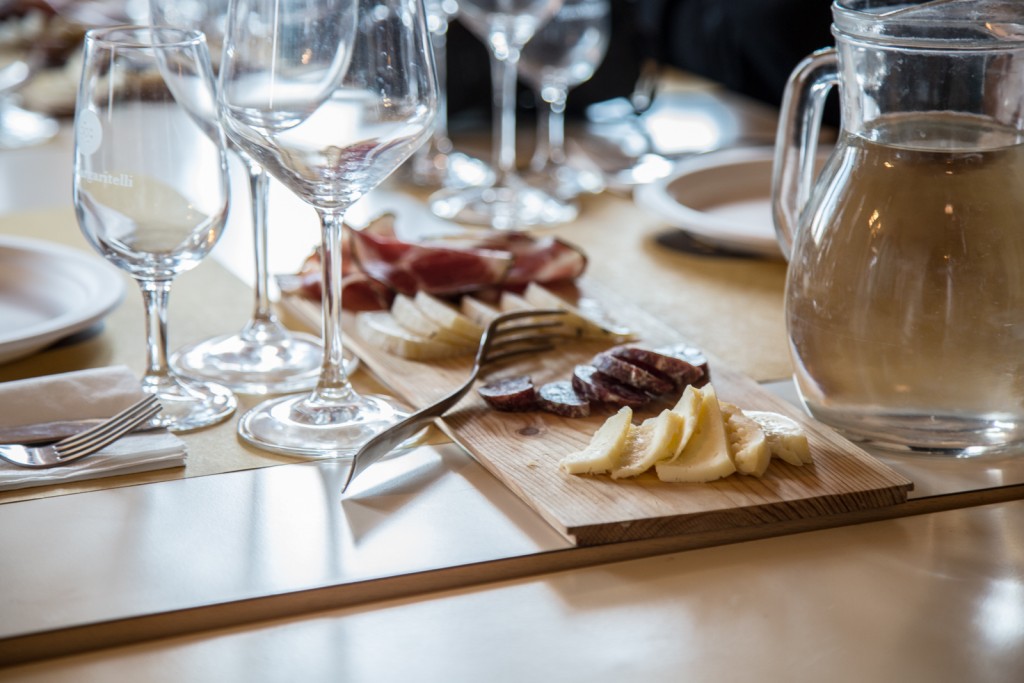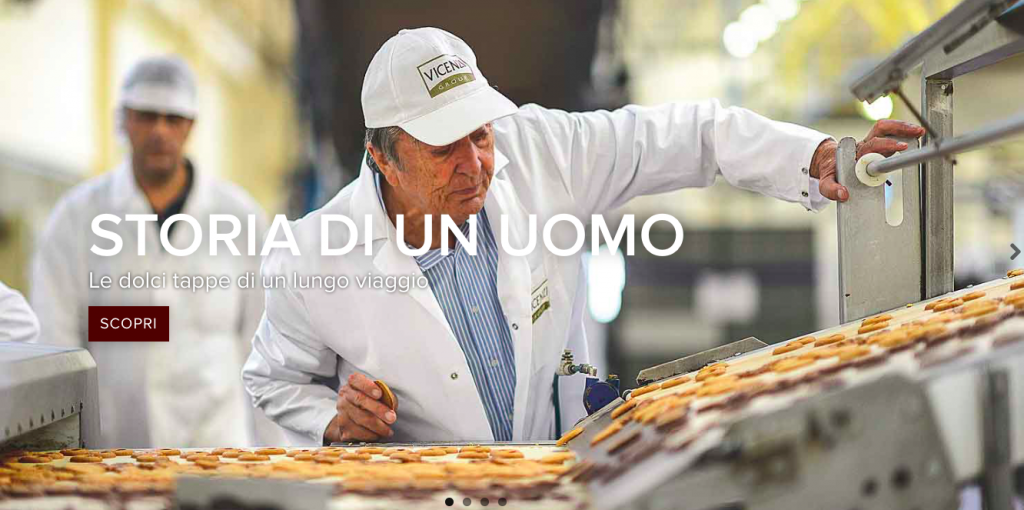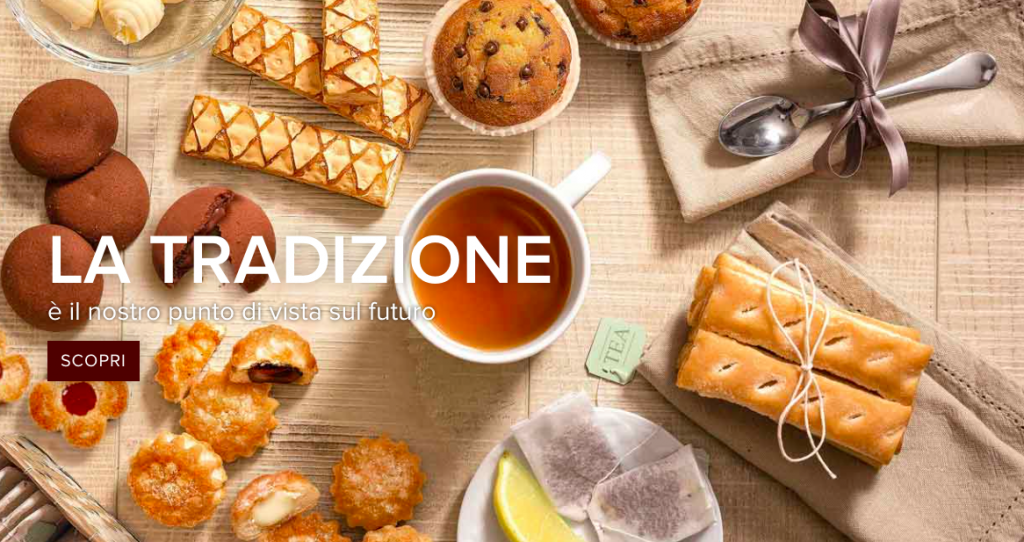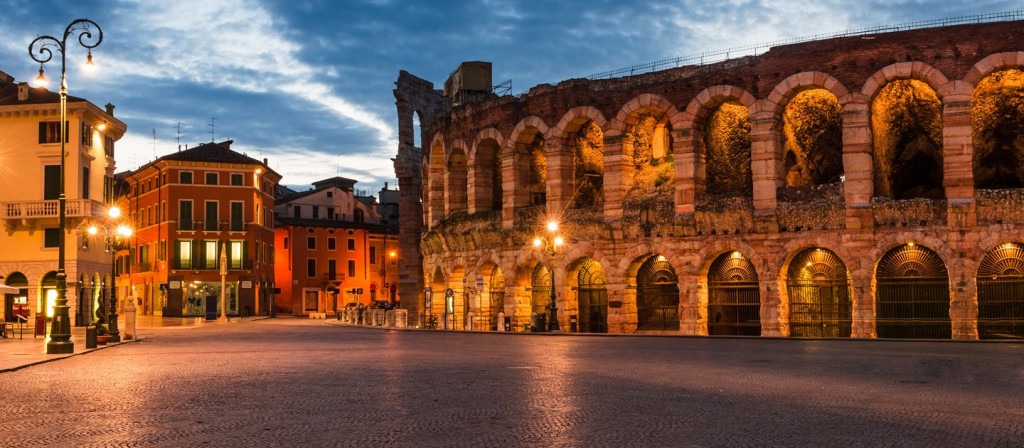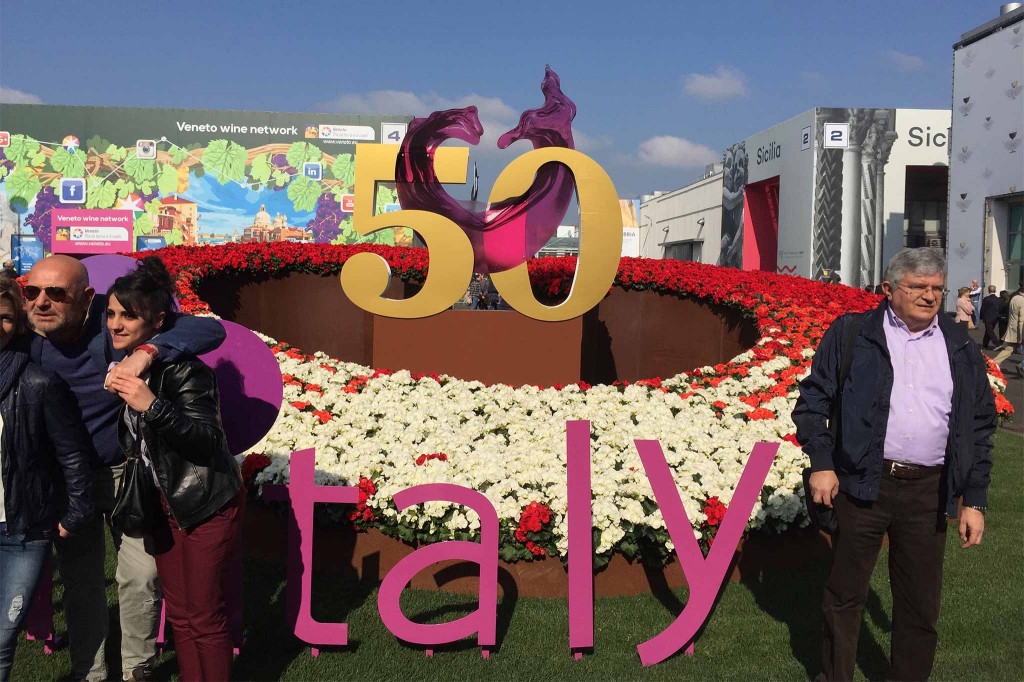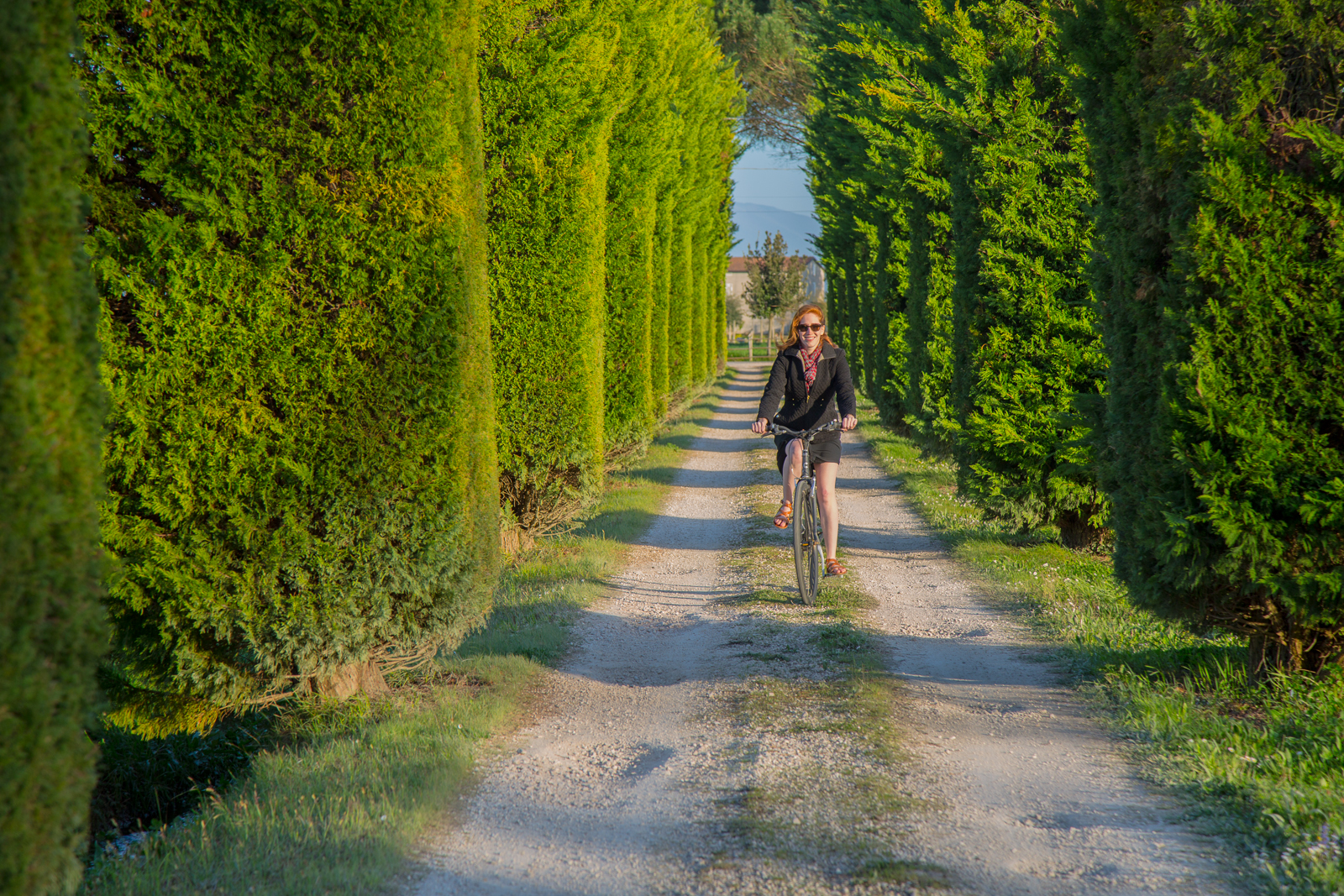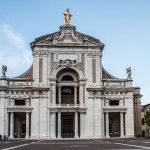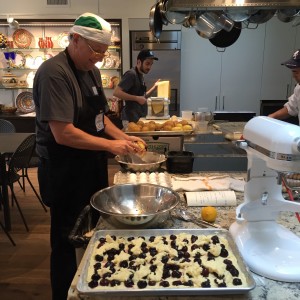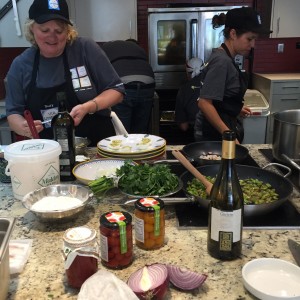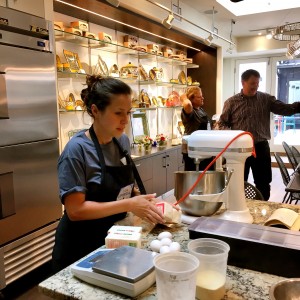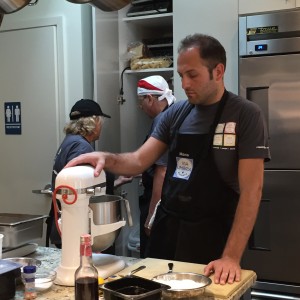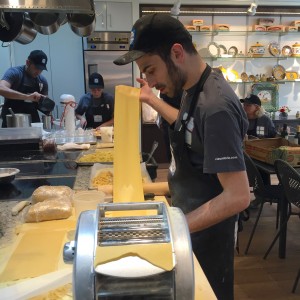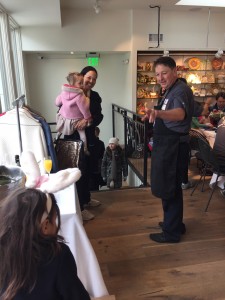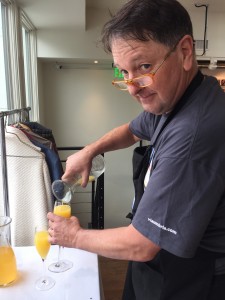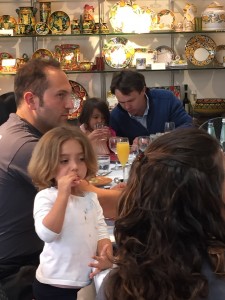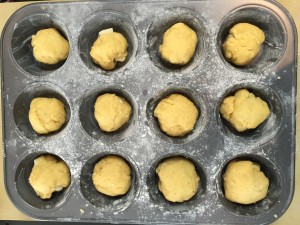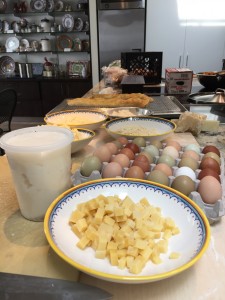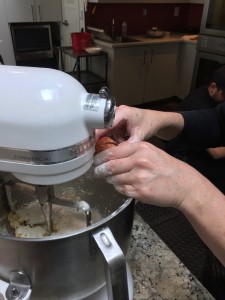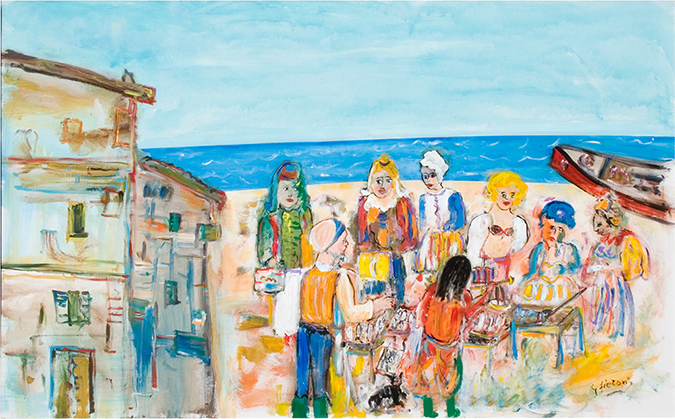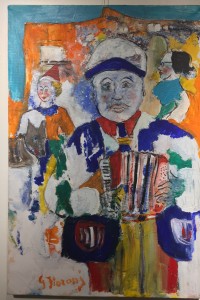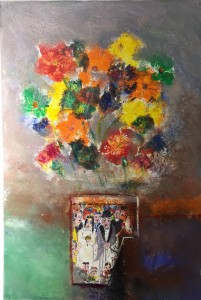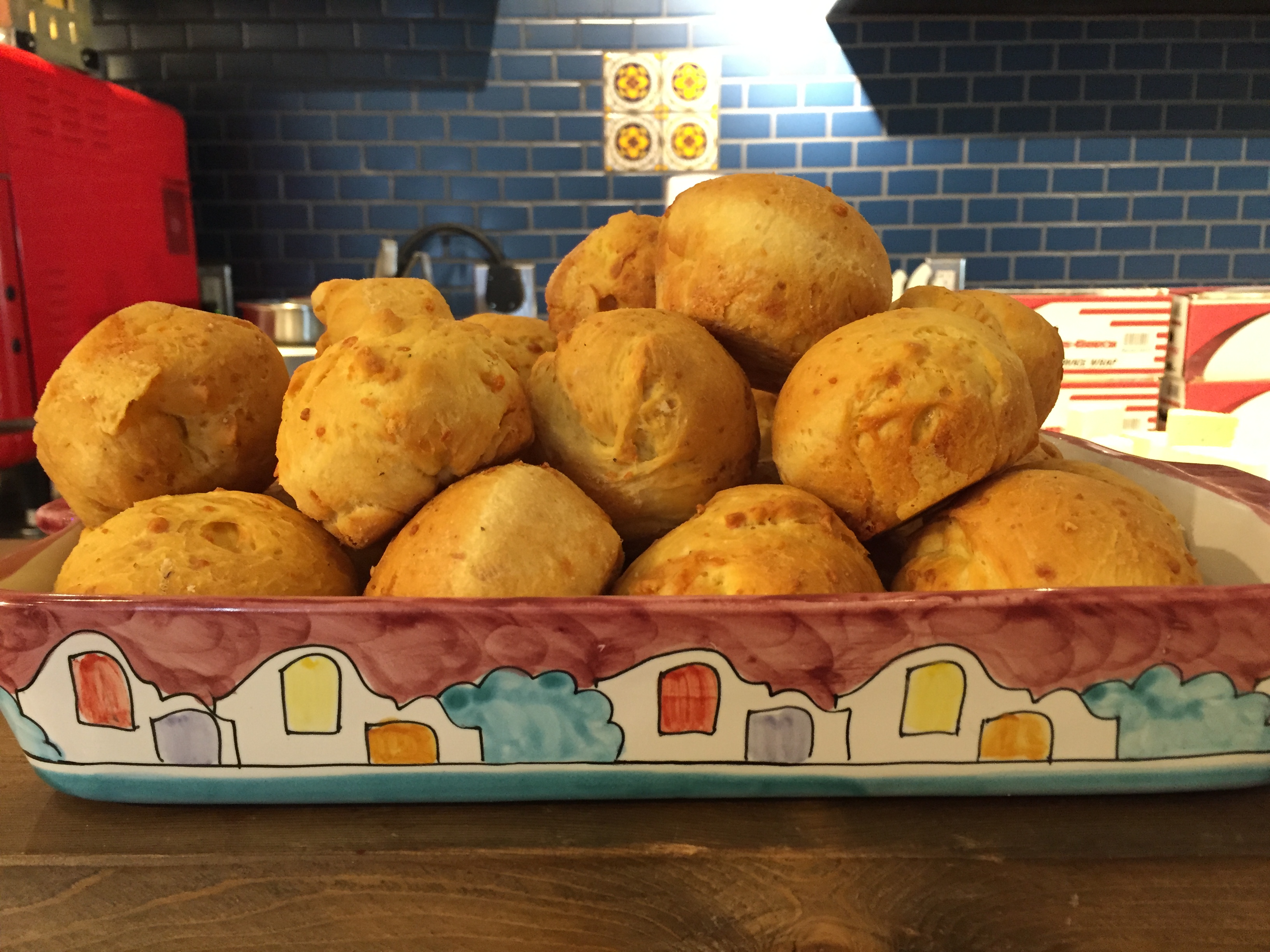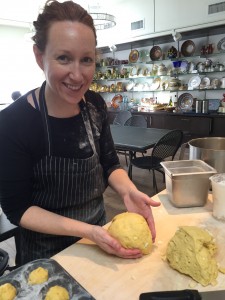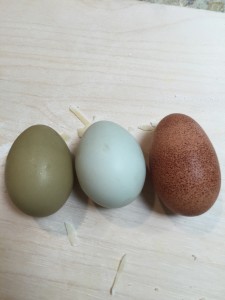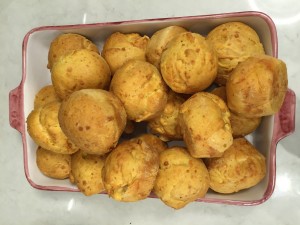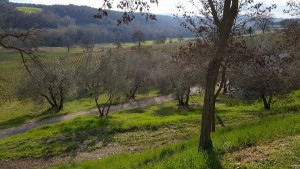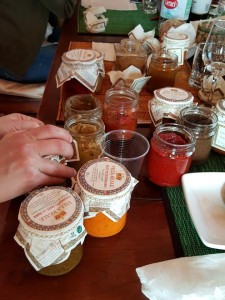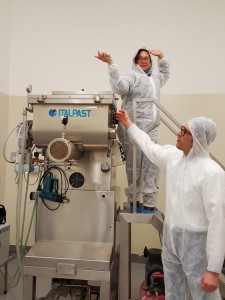Traveling with children can be a bit like attempting to take a herd of wild antelope for an evening stroll: they have their own wants and needs and leap in every direction. And while sipping wine will help an adult cope with the madness, it’s not an option for the kids. Fortunately, an escape to Umbria is just as fulfilling for kids as it is for adults.
Everyone always talks about what adults can do in Umbria, from touring vineyards to participating in food tours, but there are also plenty of activities for kids to do, either while parents are busy, or together as a family. Marco Palermi, Umbrian travel expert, has two lively young children in tow, so he knows first hand where to go to keep kids entertained:
Canarra is very kid friendly, even if the wine isn’t! Near the villa, there is the Victor Ugo bar that has a nice playground and other activities for kids, and this can be great for a nearby activity on most days. There are also excellent walks nearby, that parents can enjoy as well, like the “Tosco di San Francesco” (the St. Francis Forest). There is an entrance fee of three euros, in order to maintain the historical area, but it’s worth it. It’s a lovely walk that starts on the right side of the main church of Assisi, goes behind the hillside of the town, and crosses a bridge that passes over a stream whose source is in Mount Subasio Tescio. Interestingly enough, Dante wrote about this exact stream and river that pass by Canarra in his writings on Assisi.
The main castle in Assisi, Rocca Maggiore, is also a wonderful spot for kids to explore. The views from the main tower and even outside the castle are absolutely stunning, and not only is there history to learn, but kids appreciate the areas to run around and enjoy the sun. If it’s a rainy day, there is an indoor playground nearby that kids love! From trampoline tower, to slides, this place will brighten up any rainy day, and although there is an entrance fee, there is little restaurant inside it that often has great deals.
Finally, in Perugia you will find Città Della Dominica, a wonderful park and one of the oldest theme parks in Europe. It was created by Luisa Spagnoli, the inventor of the Bacio chocolate, and is set along the hill that overlooks Perugia. It’s a great way to spend a day surrounded by nature, as there are great sites for kids to interact with animals of all sorts, including the white donkey, a species that almost went extinct if it weren’t for Citta della Dominica! Tickets don’t need to be bought in advance, but easily can be through the website.

